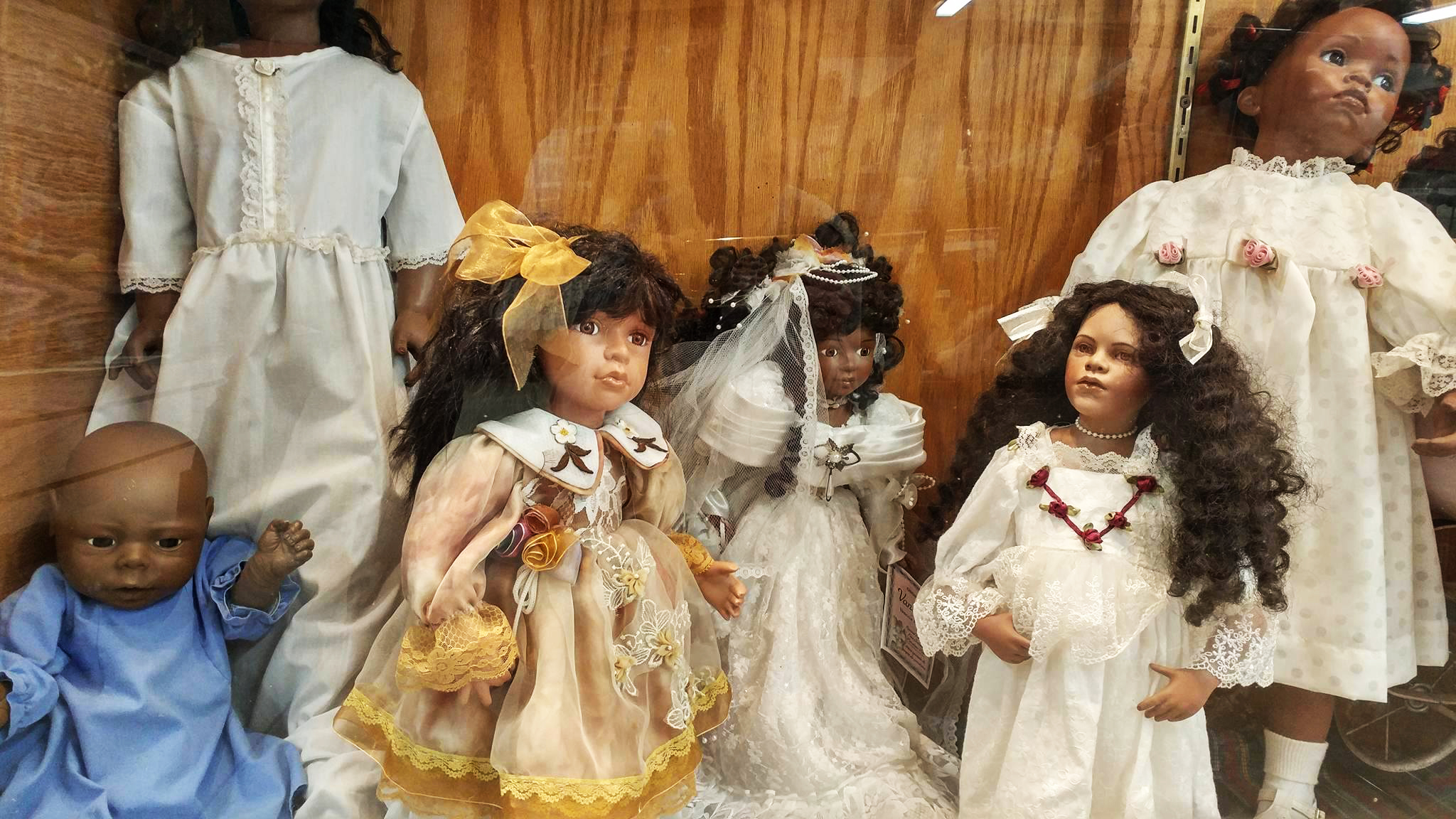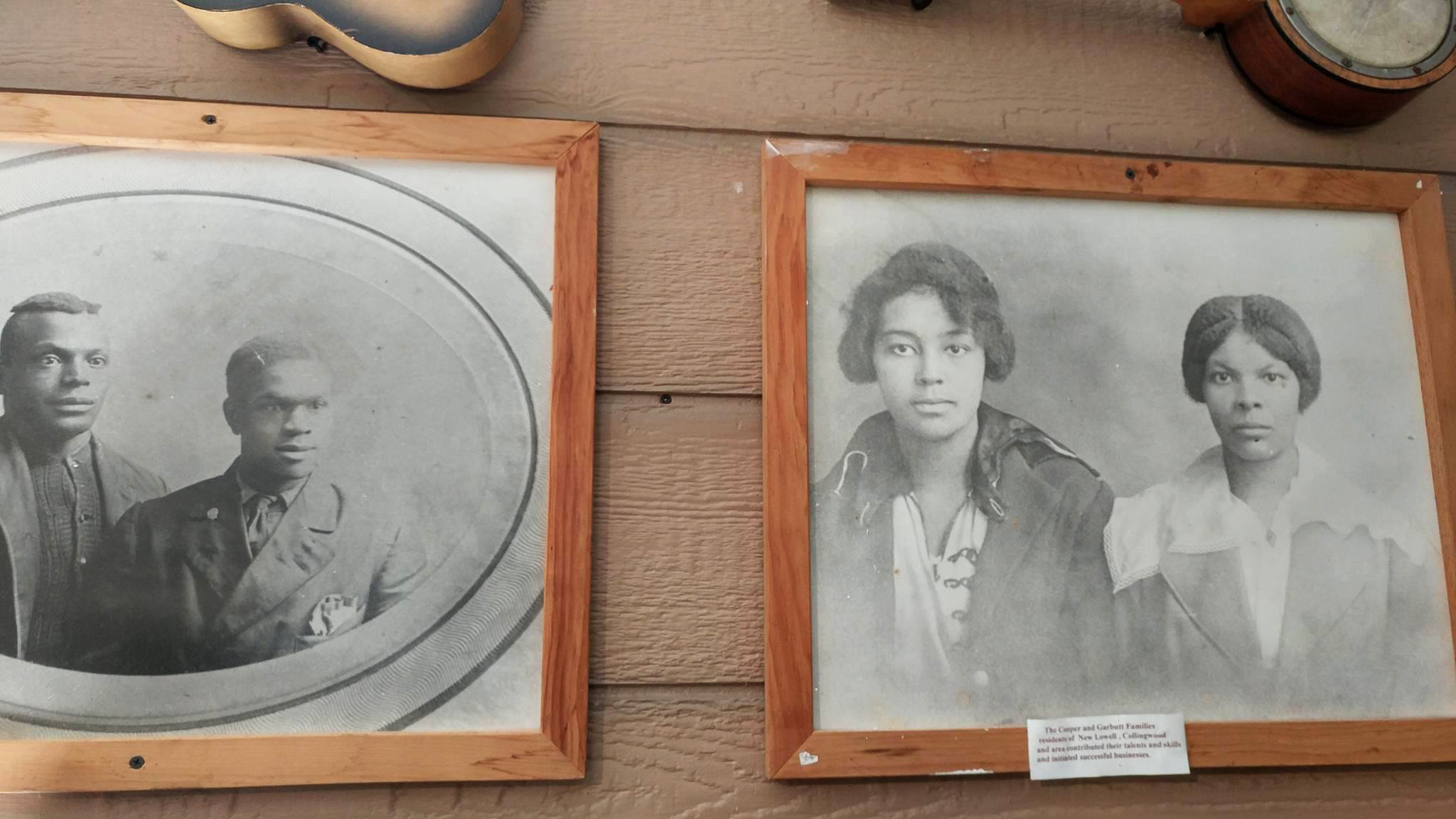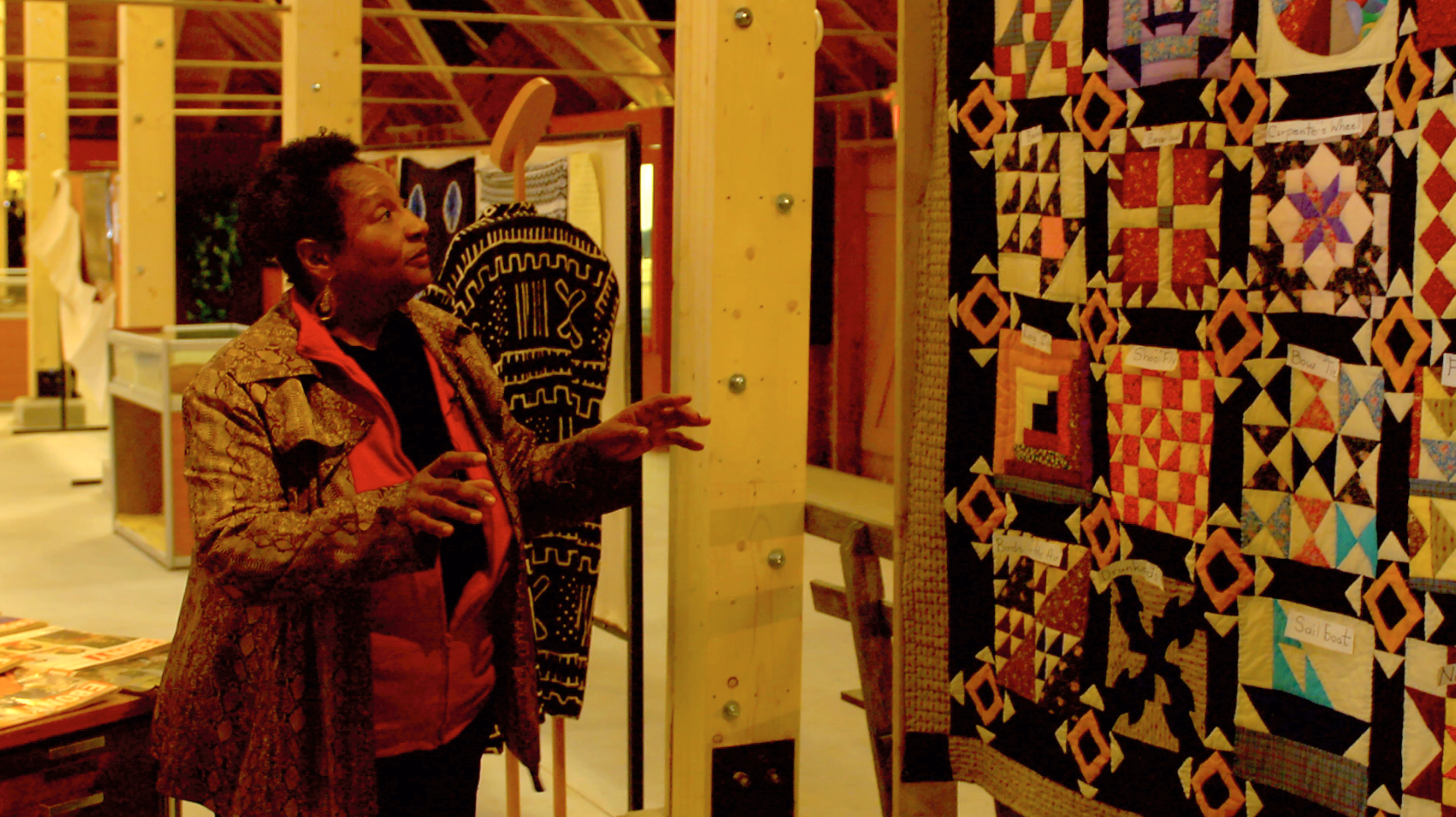 image by Emily Milton
image by Emily Milton
About five years ago, Maggie MacDonald wrote a cover story for Broken Pencil Issue 45 about DIY museums and small town marvels. She wrote about the care and passion that the curators and artists in that story put into their collections, and how dedicated they were about documenting the world and creating a special experience for the (sometimes very few) visitors who would make it through their doors.
Over Labour Day Weekend, a friend of mine invited me to drive up Clarksburg, near Collingwood, ON, to check out the Sheffield Park Black History and Cultural Museum. During my visit, I thought often about that article, and about the the importance of grassroots and DIY archiving, museum building, and collecting in all of its forms.
Upon our arrival at the museum, we had little idea of what to expect, but when we got there, we were greeted by the extremely enthusiastic and knowledgeable Carolynn Wilson, who owns and curates the museum with her sister Sylvia. Full of small town charm and a deep passion for her collection, Wilson guided us through the more than a dozen freestanding building displays, chock full of artifacts and antiques.
This is not your typical stuffy, sterile museum. Much of the explanatory text comes borrowed from other sources, and objects from wildly different eras or sources are instead grouped together thematically and sometimes without much context. Each display is immersive, and the visitor makes connections and inferences themselves and with the occasional explanation from our extremely kind host.
“We felt if we put plexiglass in front of everything, it would distance people,” explained Carolynn. “But if they can walk through that kitchen, and feel that experience, it will bring memories and thoughts, and it also tells people who we are.”
 image by Emily Milton
image by Emily Milton
You can tell that the family members are the kind of collectors who grow their museum through word of mouth, and indeed, Wilson mentioned to our group several times that we ought to think of them if ever we come across something relevant (and you might, too!).
It’s hard to explain exactly how the experience of Sheffield Park felt. There were some bits of history about how the Collingwood area was a crucial ending point for the Underground Railroad, and some relics of the area’s many generations of Black residents (including Wilson’s family). But there were also rooms full of records, furniture, sewing machines, organs, antiques and old clothes. These displays revealed a complex nostalgia for eras past, always underlined by the trauma and violence of Canadian and American anti-Black racism. The Wilson family focuses on the positive, each room a celebration of Black resilience and culture. But the museum also offers face to face encounters with some tough stuff: shackles and slave ship remains, or a number of offensive, stereotypical dolls and illustrations.
 image via sheffieldparkblackhistory.com
image via sheffieldparkblackhistory.com
These are difficult and complicated items to confront, but doing so is perhaps a necessary step towards grappling with Canada’s history and realities of white supremacy.
This is a moment where there are deep and critical conversations about where and how we ought to deal with relics of racism, from statues glorifying the American Confederacy to the artifacts of chattel slavery. Sheffield Park is a reminder of how global histories, family histories, local histories, and present realities all intertwine in the most unexpected of places. These objects and contexts belong to the Wilsons, to Clarksburg, and even to their visitors in sometimes strange, sometimes beautiful ways.
After all, an emotional, experiential response is what the museum is set up for.
“It has to have feeling, but also a logic and credibility so that it speaks for itself when you walk into the building,” explains Wilson. “We want to trust our history and objects to people who come through… We’ve made it that way.”
If you’re in Ontario and anywhere near this museum on the edge of Georgian Bay, go see how one family made it their mission to tell the story of Black Canadians through a lens you won’t find anywhere else.
You can find more information about Sheffield Park Black History Museum at their website.
Jonathan Valelly is the editor of Broken Pencil.
